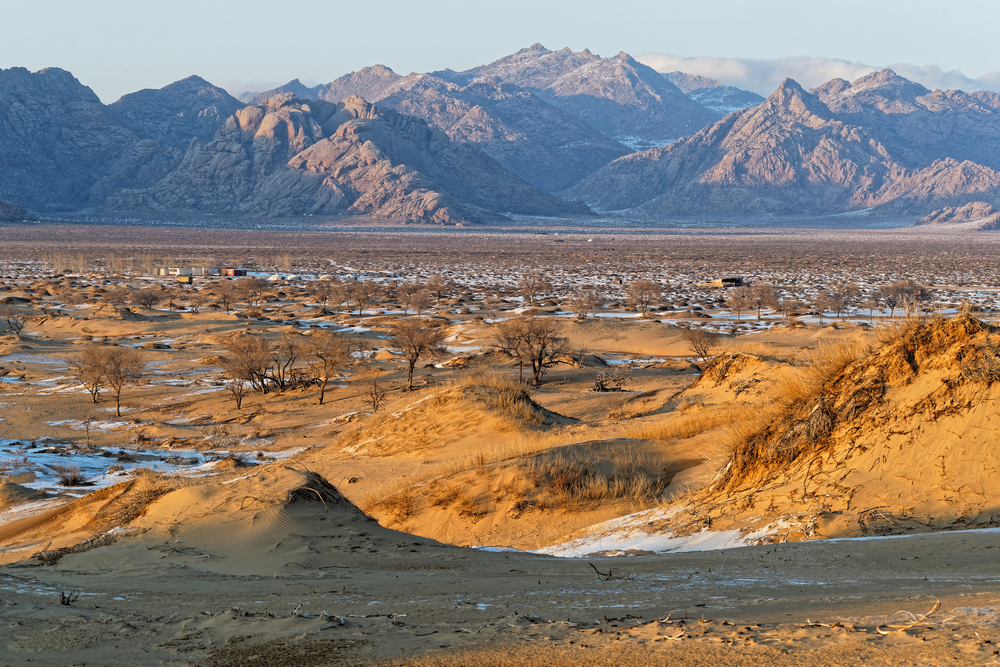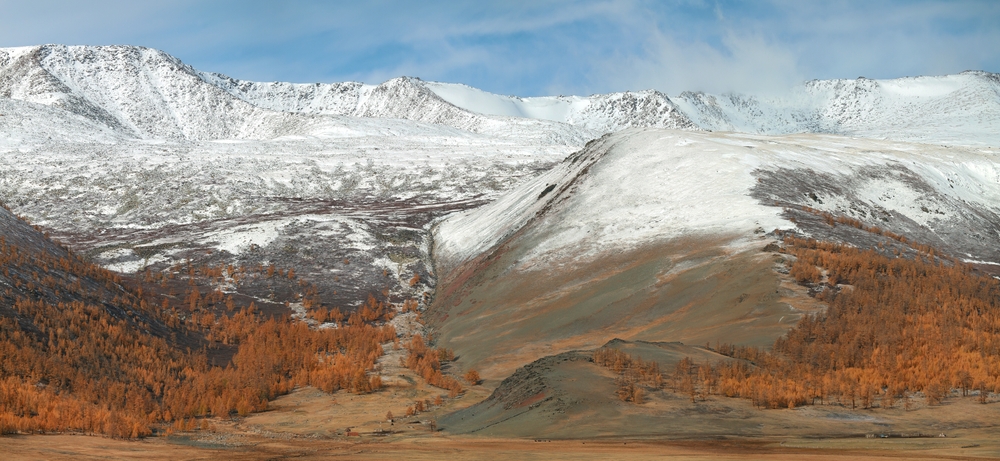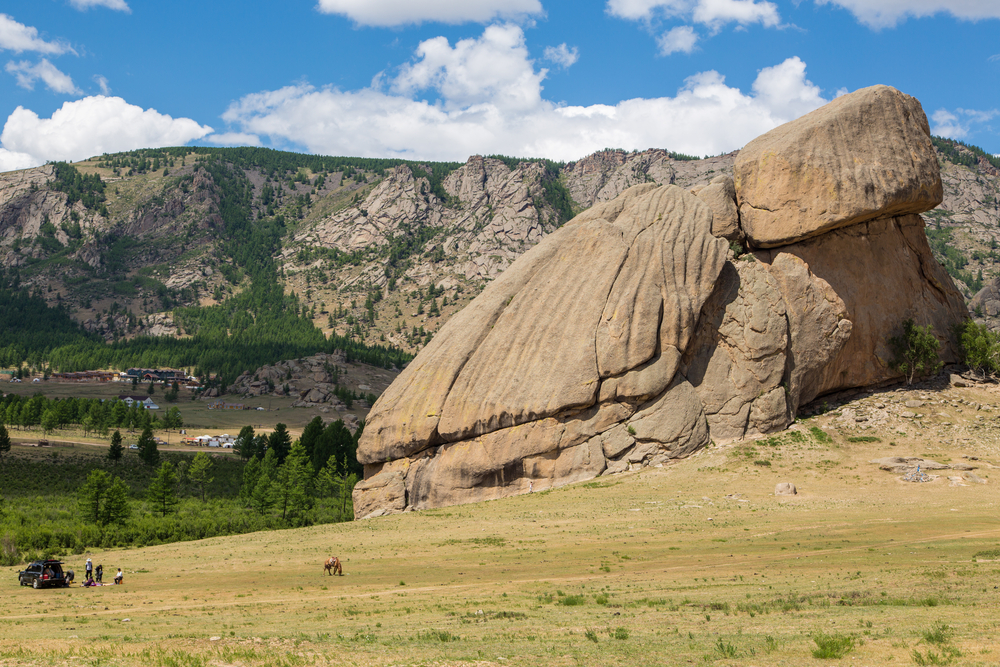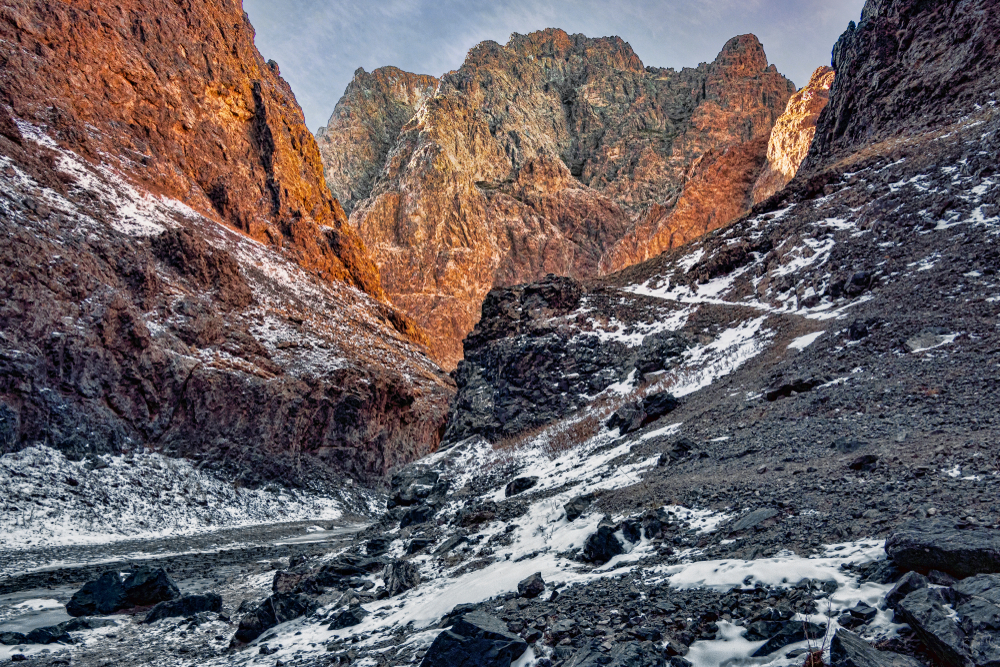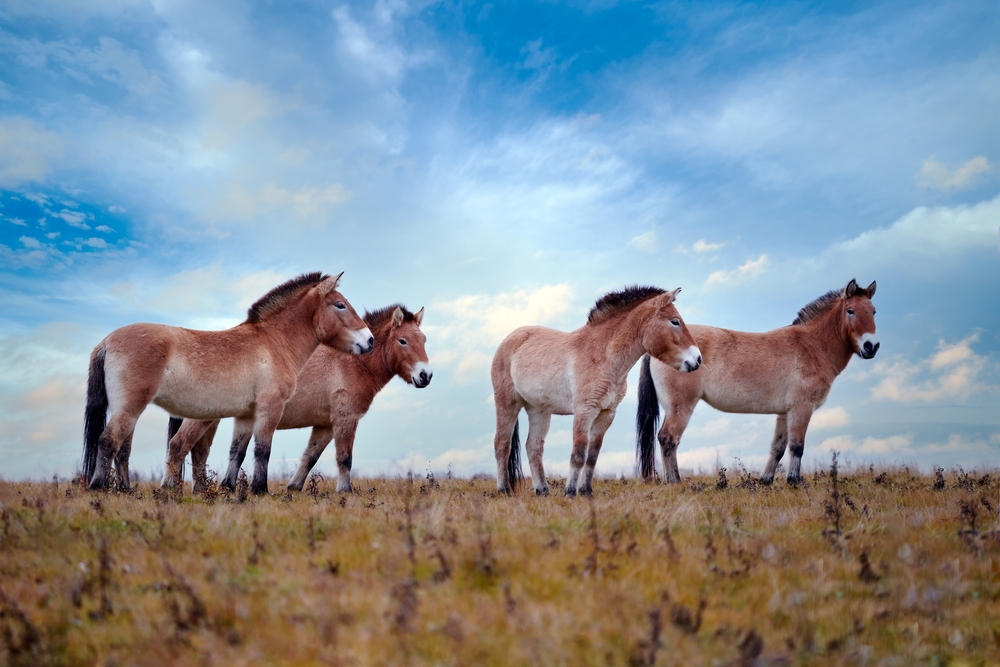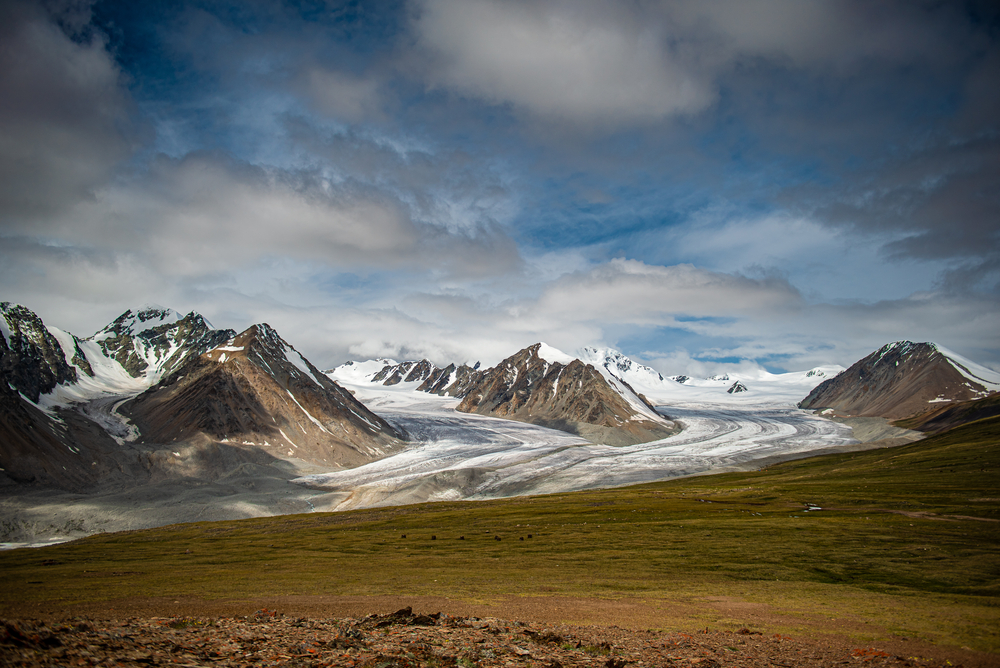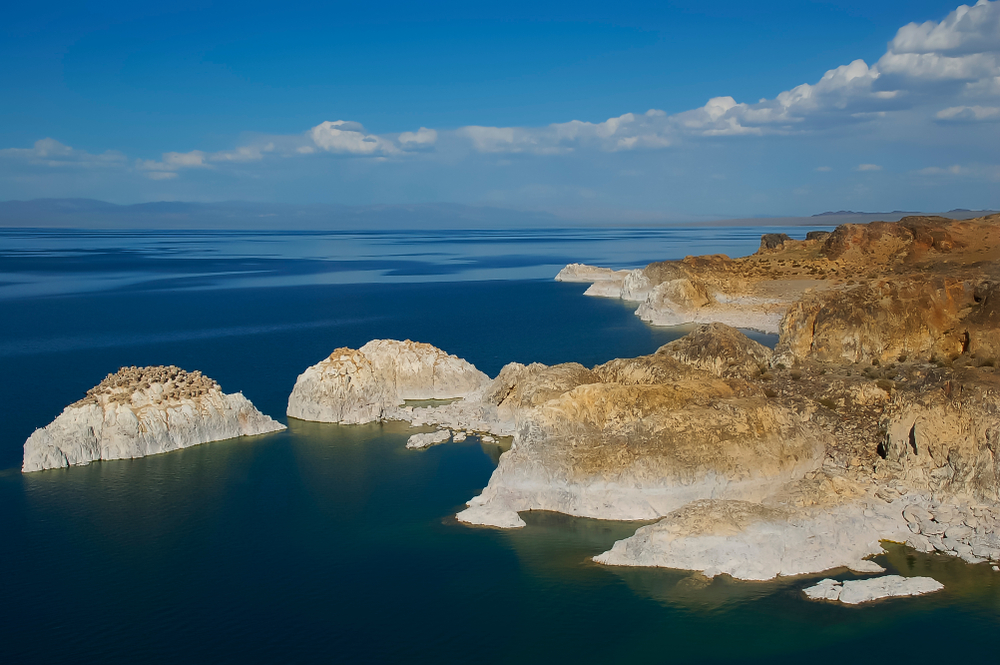Khogno Khan Overview
Khogno Khan National Park, known locally as Хөгнө Хан, is a stunning protected area located in Mongolia, approximately 175 miles (280 kilometers) west of the capital, Ulaanbaatar. Spanning about 46 square miles (120 square kilometers), this park combines striking contrasts of desert, steppe, and mountainous landscapes, making it a fascinating destination for nature enthusiasts and adventurers.
The park is dominated by the Khogno Khan Mountain, which rises majestically amidst a backdrop of rolling sands and lush meadows, offering visitors a breathtaking mosaic of Mongolia’s diverse terrain. The terrain of Khogno Khan National Park is characterized by its dramatic variety. The area features the Elsen Tasarkhai sand dunes, which stretch across the landscape like a slice of the Gobi Desert and are sometimes referred to as the “Mini Gobi.”
These dunes shift with the winds, creating an ever-changing tapestry of golden sands. In stark contrast to the arid dunes are verdant pastures and groves of Saxaul trees, shrubs, and other resilient vegetation that thrive in this semi-arid environment. The rugged Khogno Khan Mountain itself is an ancient granite formation, offering a rugged terrain dotted with caves, ridges, and panoramic viewpoints.
Wildlife is abundant in Khogno Khan National Park, offering glimpses of Mongolia’s unique biodiversity. Visitors might encounter Argali sheep, the world’s largest wild sheep, and Siberian ibex navigating the rocky cliffs. The steppe areas are home to marmots and small rodents, while birdwatchers can look for golden eagles, cinereous vultures, and saker falcons soaring overhead. The sand dunes and their surroundings also host species adapted to desert life, such as various reptiles and smaller mammals.
The park is home to several cultural and historical landmarks, notably the Erdene Khamba Monastery. Nestled within the mountains, this 17th-century monastery exudes serenity and spiritual significance. Visitors can explore the ruins, learn about the region’s Buddhist history, and experience the tranquil atmosphere. The contrast of human history with the natural beauty of the park enhances its allure for travelers.
Visitors to Khogno Khan National Park have various ways to experience its beauty. Hiking and trekking are popular activities, offering the chance to explore the mountain trails and enjoy sweeping views of the surrounding landscapes. Horseback riding across the sand dunes and steppes provides a traditional Mongolian experience, while camel rides on the Elsen Tasarkhai dunes are a unique and memorable adventure. Birdwatching, photography, and stargazing are also cherished activities in the park.
The park faces conservation challenges, including the impacts of climate change and human activity such as overgrazing by livestock. However, local communities and conservation organizations have worked to promote sustainable tourism and protect the area’s unique ecosystems. Efforts to maintain the balance between tourism and preservation have seen successes, such as initiatives to restore vegetation and protect key wildlife habitats.








































































